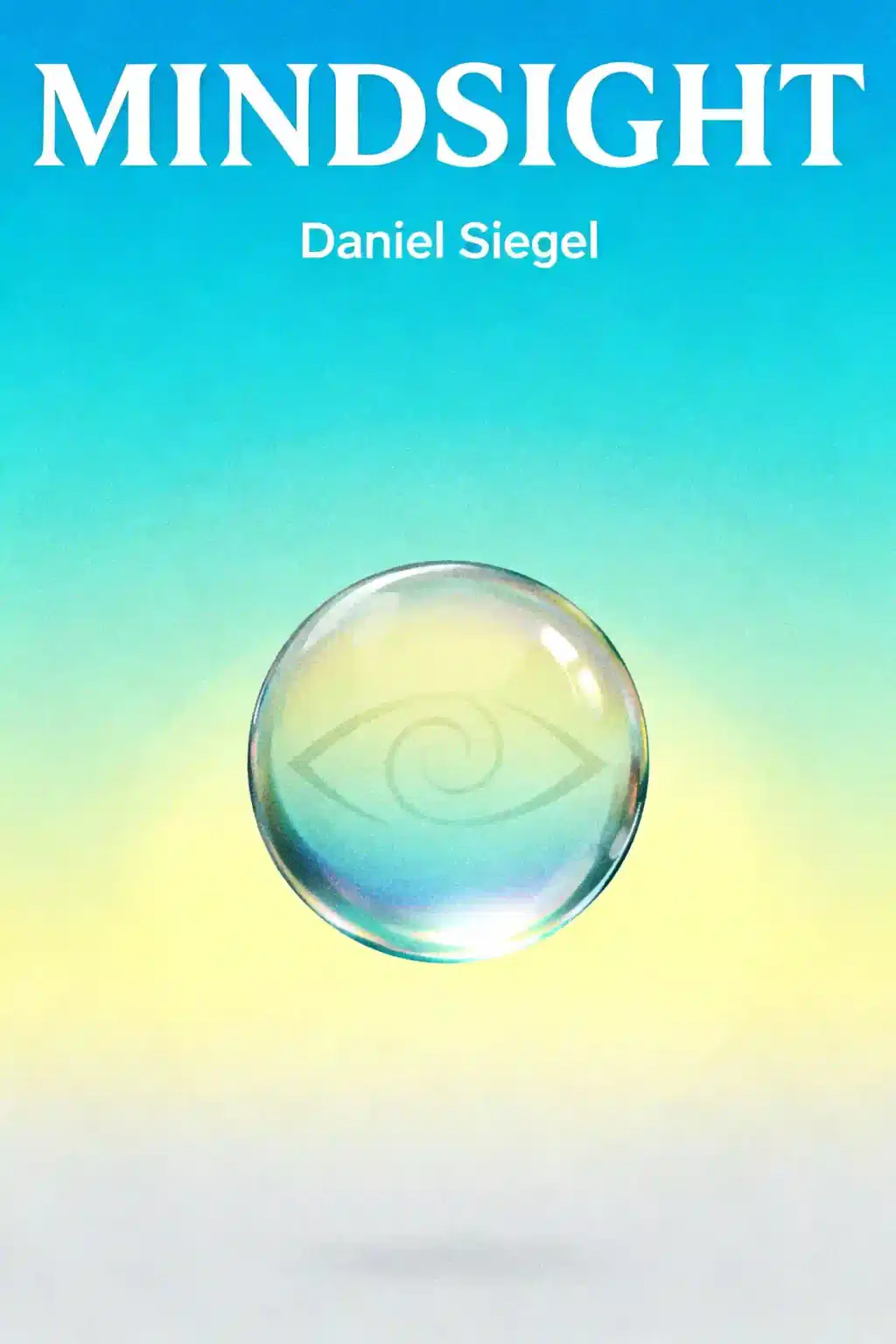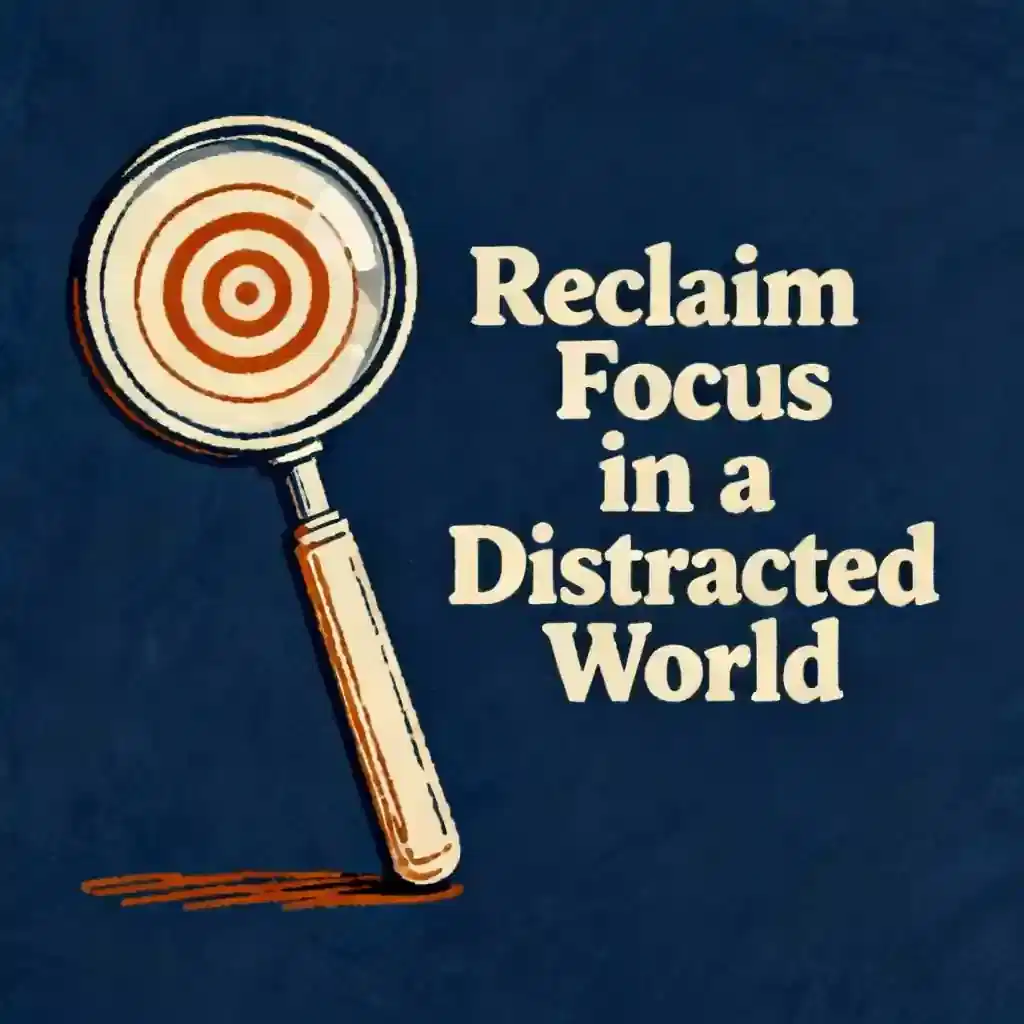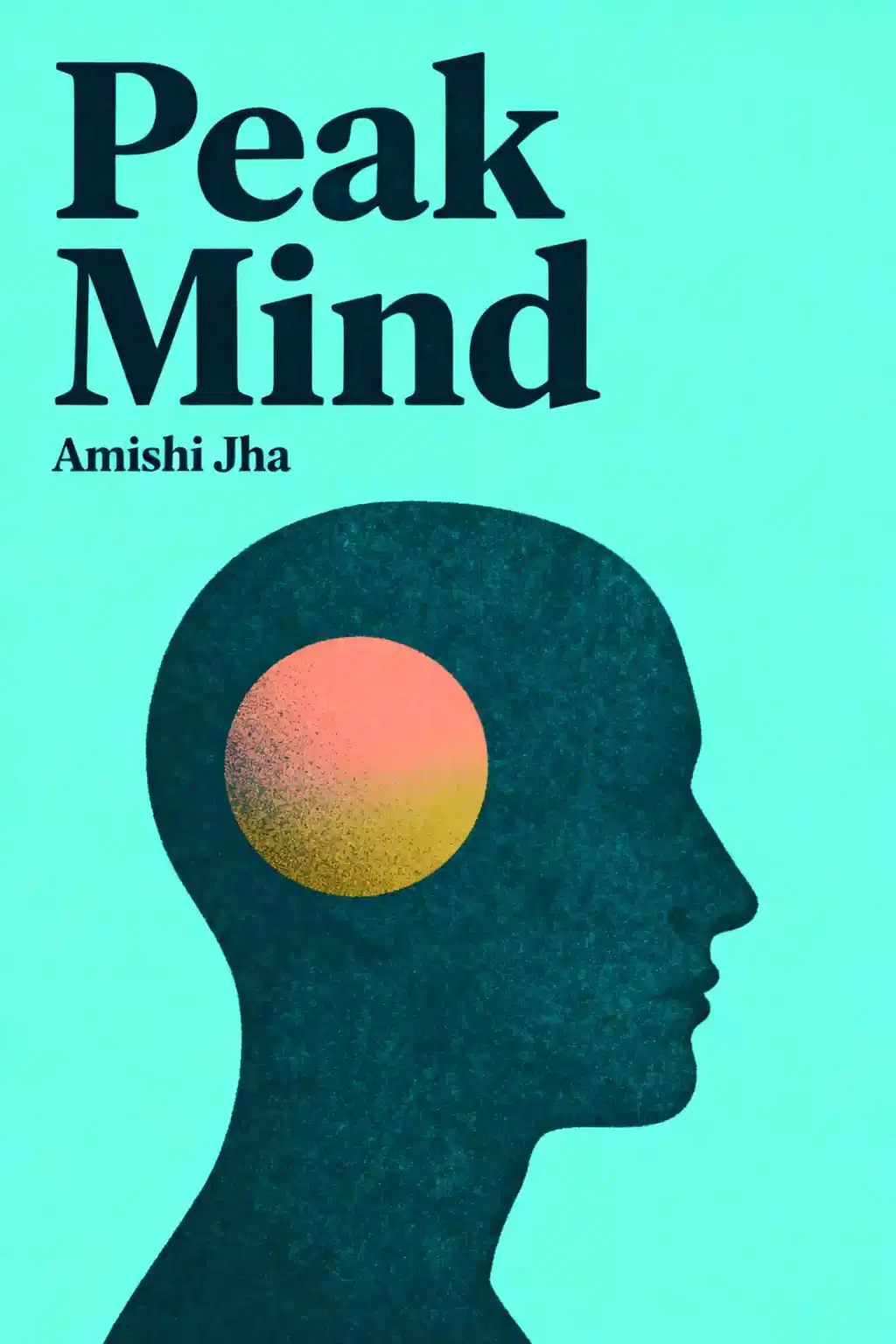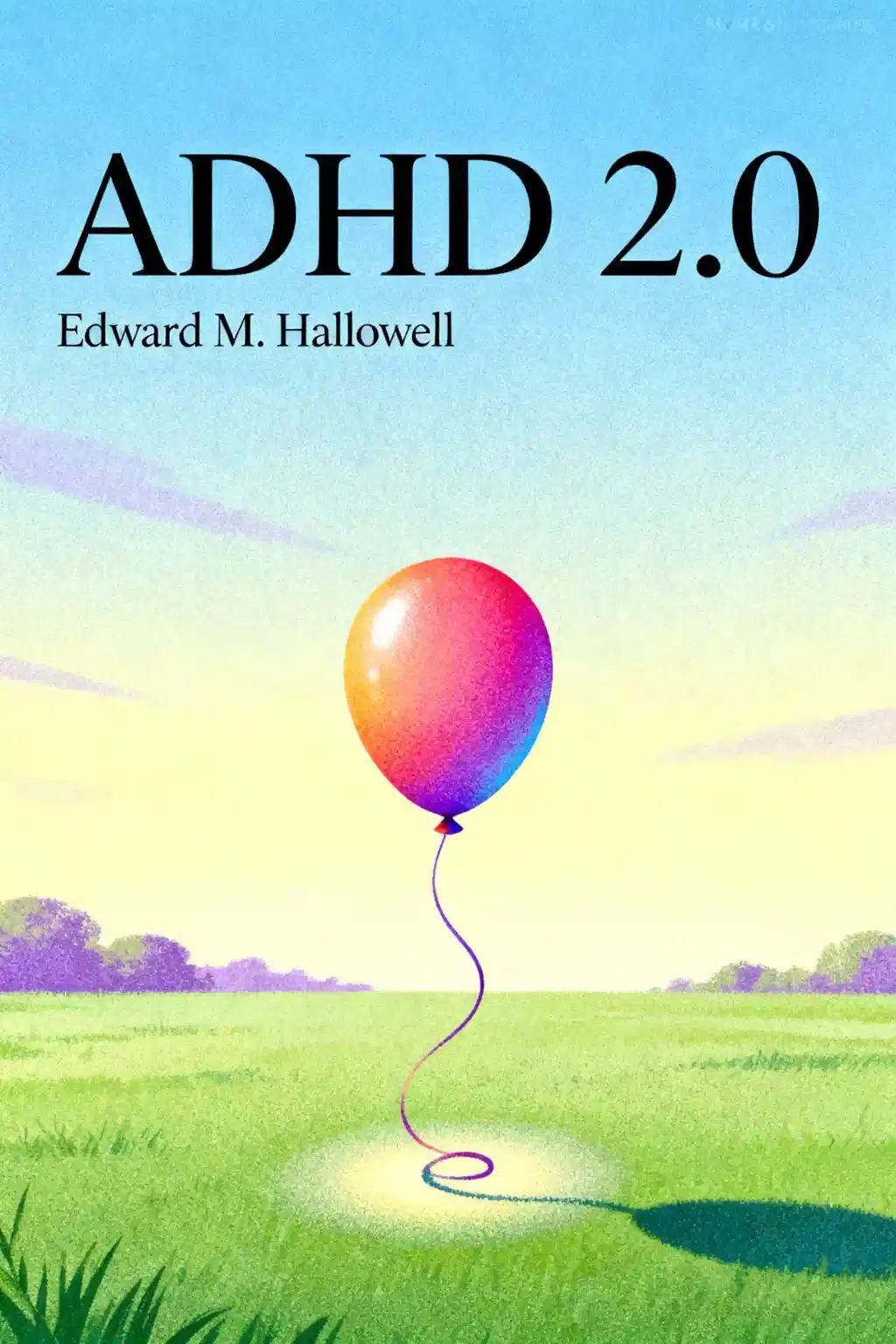What is
Mindsight: The New Science of Personal Transformation about?
Mindsight explores how mindfulness and neural integration can reshape brain pathways to improve emotional regulation, relationships, and well-being. Daniel Siegel combines neuroscience, case studies (e.g., a bipolar teen using meditation instead of drugs), and the "mindsight" framework to show how self-awareness helps heal past trauma and foster resilience.
Who should read
Mindsight by Daniel J. Siegel?
This book is ideal for individuals seeking self-improvement, mental health professionals, or anyone interested in mindfulness and neuroplasticity. It’s particularly relevant for those struggling with anxiety, trauma, or rigid behavioral patterns, offering science-backed techniques for personal growth.
Is
Mindsight worth reading?
Yes—Siegel’s blend of clinical expertise, relatable case studies, and actionable strategies makes it a standout. Readers gain tools to reframe thought patterns, improve relationships, and harness neuroplasticity, supported by decades of psychiatric research.
What is the "river of integration" metaphor in
Mindsight?
Siegel compares mental health to a river: rigidity (overcontrol) and chaos (emotional overwhelm) are its banks, while integration represents balanced flow. Mindsight practices help individuals return to this harmonious state, fostering adaptability and resilience.
How does
Mindsight explain the brain’s role in emotional regulation?
The prefrontal cortex, which governs moral judgment and attention, is central. Siegel illustrates how mindfulness strengthens neural connections here, enabling better emotional management. For example, a girl with OCD used self-observation to halt compulsive behaviors.
What practical techniques does
Mindsight teach?
Key methods include meditation, internal dialogue, and body awareness. A woman paralyzed by anxiety traced her dread to a childhood memory using mindsight, while Siegel himself avoided a medical error by trusting bodily intuition.
How does
Mindsight address trauma recovery?
By focusing on neural integration, the book shows how revisiting traumatic memories with mindful awareness can reshape brain pathways. A suicidal teen stabilized moods through non-drug practices, demonstrating trauma’s malleability via neuroplasticity.
What is "interpersonal neurobiology" in
Mindsight?
Coined by Siegel, this term describes how relationships and brain biology interact. Healthy social connections foster neural integration, while isolation or conflict can push individuals toward rigidity or chaos.
How does
Mindsight differ from other self-help books?
It merges hard science (e.g., neuroplasticity studies) with psychotherapy case studies, avoiding oversimplified advice. Unlike generic guides, it provides a structured framework for lasting neural and behavioral change.
Can
Mindsight help with parenting or relationships?
Yes—Siegel emphasizes attunement (emotionally syncing with others) as key to healthy connections. By applying mindsight, parents and partners can break conflict cycles and foster empathy, as shown in clinical examples.
What criticisms exist about
Mindsight?
Some argue Siegel’s concepts require consistent practice to see results, which may challenge casual readers. Others note the heavy reliance on clinical anecdotes, though these are balanced with neuroscientific data.
How does
Mindsight relate to Daniel Siegel’s other works?
It expands on themes from The Developing Mind, focusing on actionable steps for personal transformation. Compared to his academic texts, Mindsight offers more accessible tools for general readers.
















